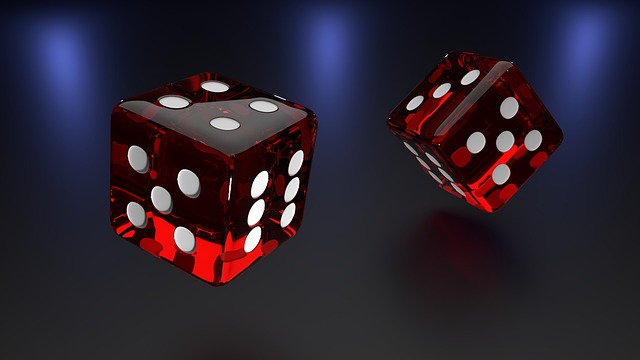If you want to play casino games smarter, there are two essential terms you need to understand: Return to Player (RTP)and house edge. These concepts tell you how much you can expect to win—or lose—over time and are key to evaluating which games offer better value.
Whether you’re spinning slots or playing blackjack, knowing how RTP and house edge work helps you make more informed decisions, stretch your bankroll, and increase your chances of walking away a winner.
What Is RTP?
Return to Player (RTP) is a percentage that indicates how much a game pays back to players over the long term. For example, if a slot has an RTP of 96%, it means that, on average, it returns $96 for every $100 wagered.
Important points about RTP:
- It’s a long-term theoretical average—not a guarantee for your session.
- It varies between games, especially slots.
- RTP is set by game developers but may slightly differ between casinos depending on the version.
Higher RTP = Better value for the player. Always aim for games with RTPs of 96% or higher, especially for slots and video poker.
What Is House Edge?

The house edge is the flip side of RTP. It’s the mathematical advantage the casino holds over players. If a game has an RTP of 96%, the house edge is 4%—the portion the casino expects to keep over time.
For example:
- A house edge of 1% means the casino earns $1 for every $100 wagered.
- A game with a higher house edge (like 10–15%) is riskier and can drain your bankroll faster.
Different games have different house edges. Here are some examples:
- Blackjack (with basic strategy): ~0.5% house edge
- European Roulette: 2.7%
- American Roulette: 5.26%
- Slots: Typically 4%–10%, but it varies widely
- Baccarat (Banker bet): 1.06%
RTP vs. House Edge: What’s the Difference?
Both terms describe the same concept from opposite angles:
- RTP tells you how much the player gets back.
- House edge tells you how much the casino keeps.
For example:
- A 97% RTP = 3% house edge
- A 90% RTP = 10% house edge
Understanding both helps you evaluate game value and avoid poor-odds games that are designed for fast losses.
How to Use RTP and House Edge When Choosing Games

Knowing the RTP or house edge can help you:
- Select better games: Look for high-RTP slots or low house edge table games.
- Manage your bankroll: Lower house edge = slower losses = longer playtime.
- Set realistic expectations: RTP doesn’t guarantee results—it just shows the statistical trend over time.
Always check the paytable, info screen, or game description for this data. If it’s not available, you may want to look for another game or a more transparent casino.
Final Thoughts: Play Smart with RTP and House Edge
RTP and house edge are two of the most important tools for smart casino play. While they won’t guarantee wins, they help you understand the odds and make strategic choices about where to place your bets.
The more you know about how casino games work under the hood, the better you can control your risk—and enjoy the game without surprises.
